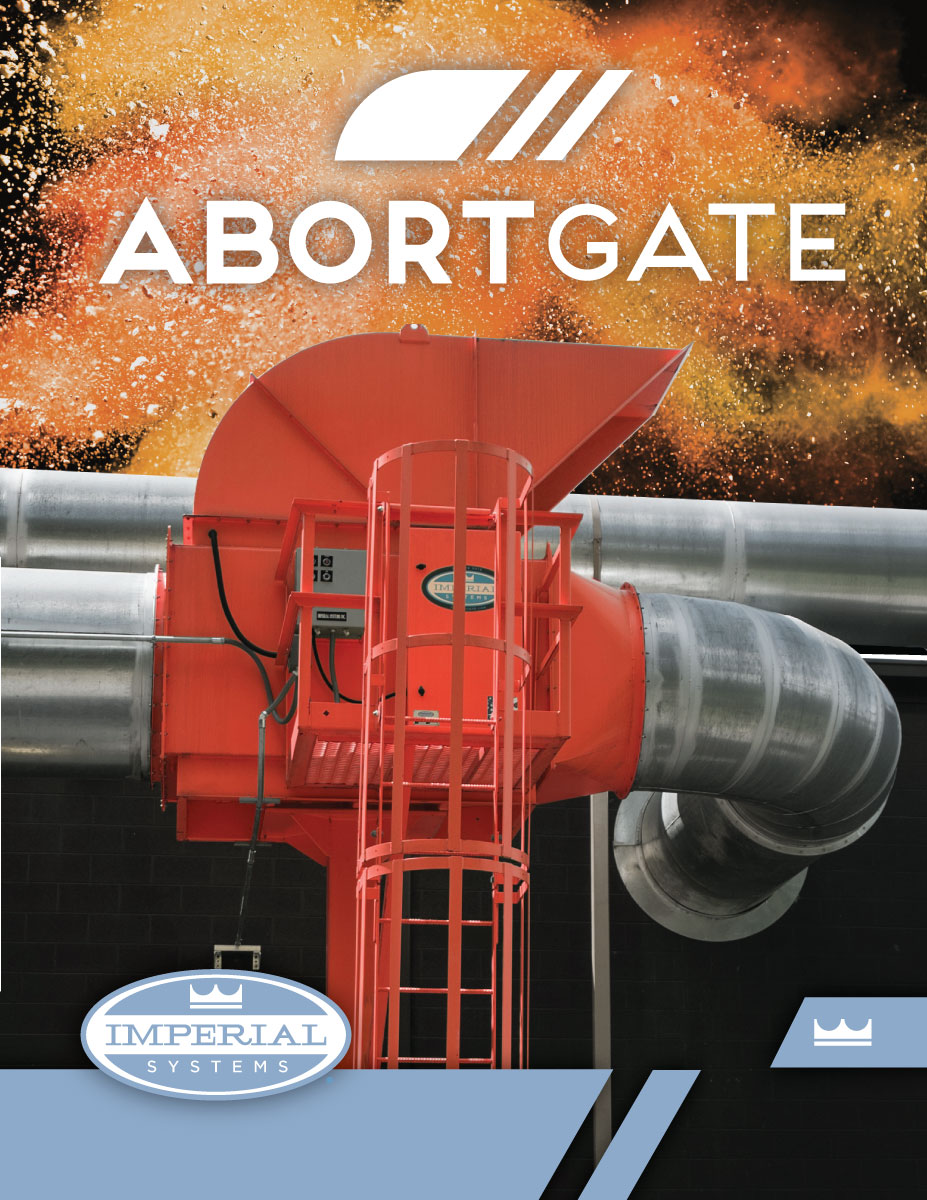Heavy Duty Abort Gates
Imperial Systems’ Heavy Duty Abort Gates are engineered to keep your employees and facilities safe. Abort gates are an NFPA-required safety device to prevent damage from sparks, fire, or filter leaks.
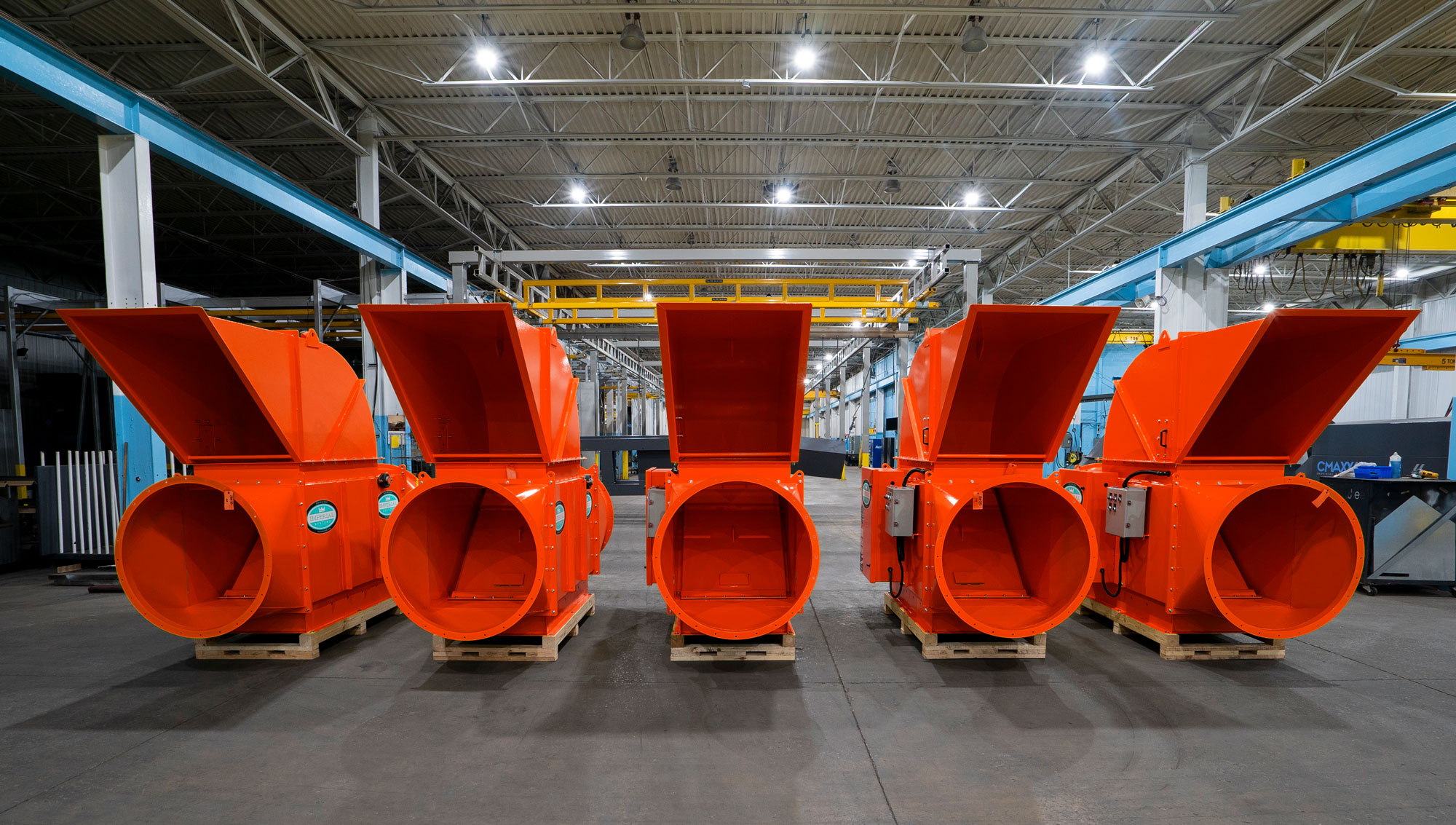
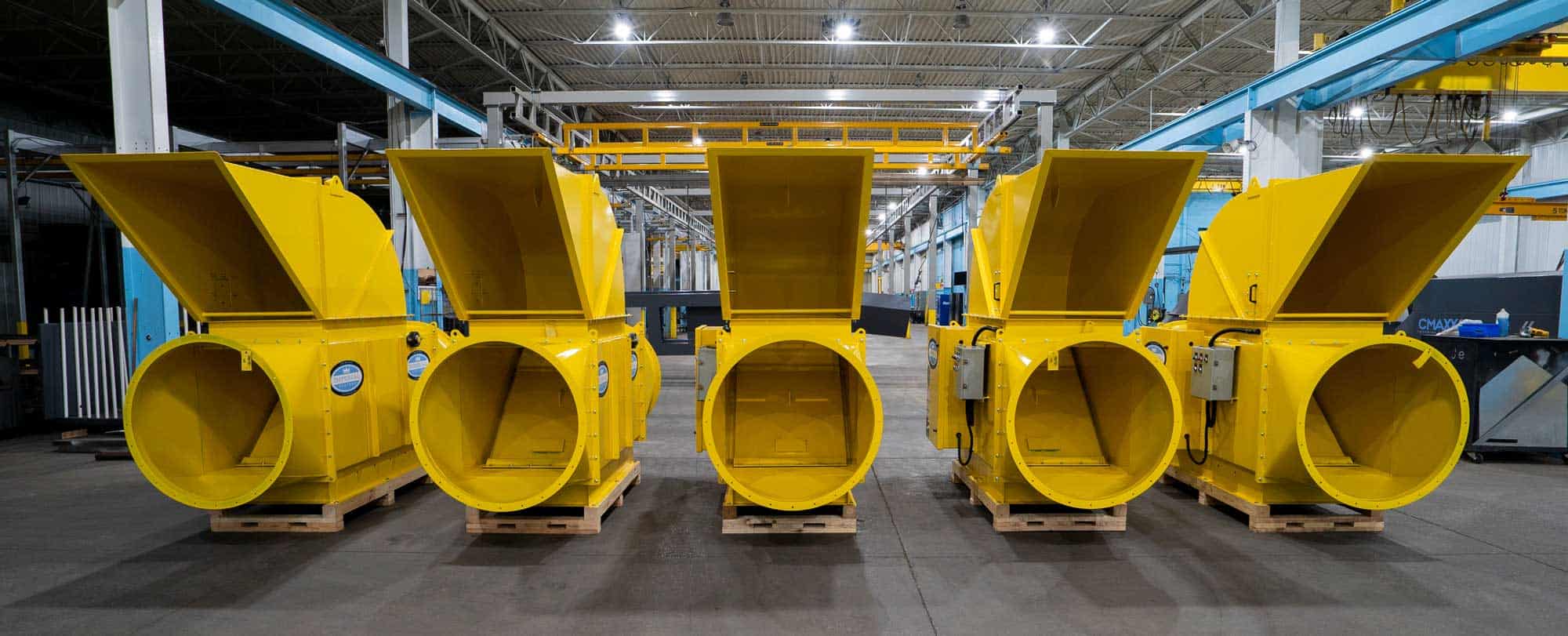
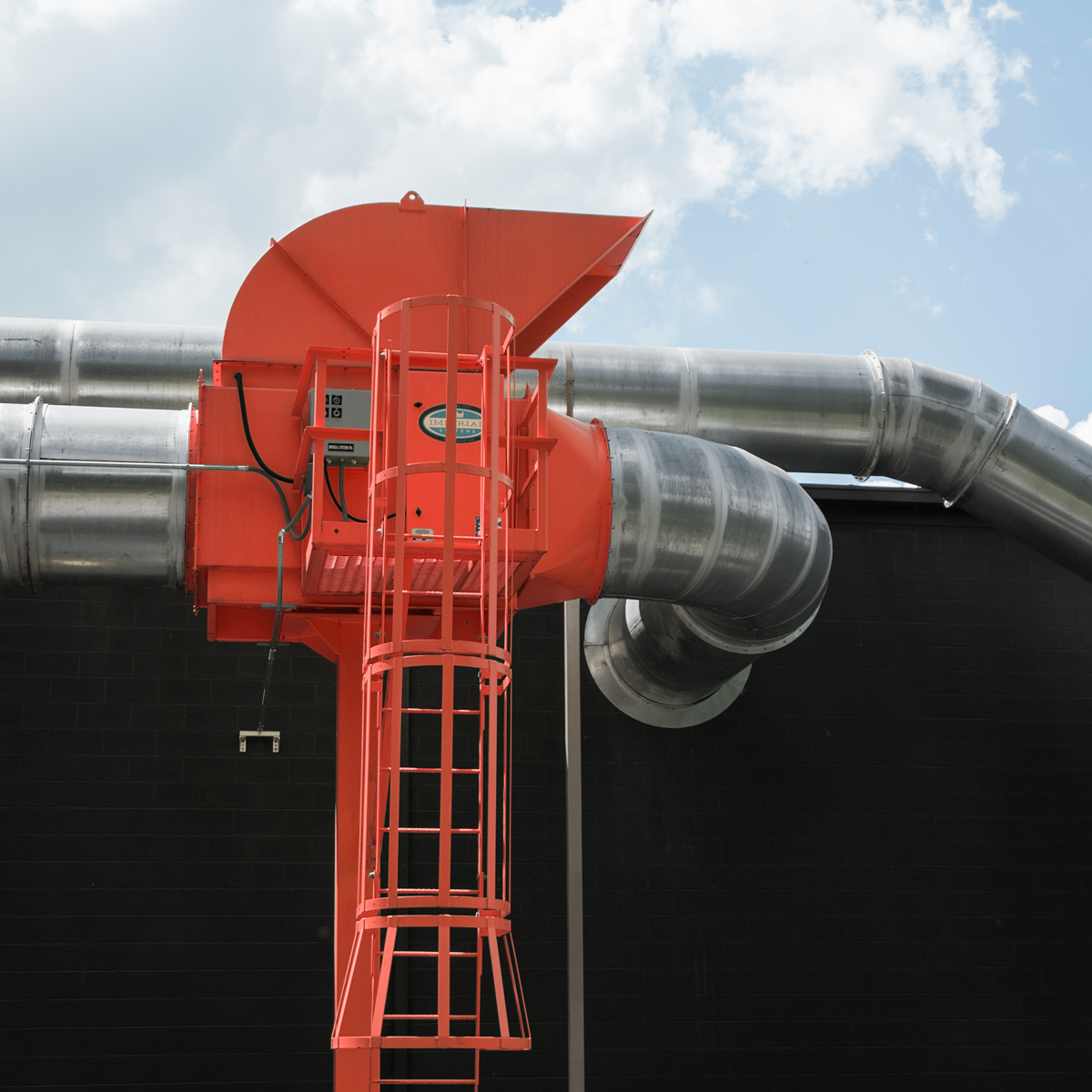
USES FOR AN ABORT GATE FOR DUST COLLECTORS
An abort gate prevents a flame or burning ember from entering the dust collector.
A spark detector or broken bag detector can trigger the abort gate. If extinguishment from a spark detection system isn’t a good option, an abort gate will vent fire or sparks safely.
Leak detection or broken bag sensors can activate the abort gate if they detect a leak in the filters. This prevents harmful material from traveling back into the building.
The abort gate can be located on the return air side to redirect contaminated air.
Under some circumstances the abort gate can be located prior to the inlet of a dust collection system.
HOW DOES A HEAVY DUTY ABORT GATE WORK ON YOUR DUST COLLECTOR SYSTEM?
A heavy duty abort gate is installed on the inlet or outlet of your dust collector.
The abort gate needs a sensor that triggers it to close. This can be a spark detection system or broken bag detector.
Once it receives the signal, powerful electromagnets turn off, letting the gate drop.
ALERT: Heavy duty abort gates redirect sparks, fires, or contaminated air. They do not protect the system from explosions. Consult your representative for explosion prevention devices.

Click or zoom to enlarge.
HEAVY DUTY ABORT GATE BENEFITS
- 10 gauge carbon steel construction and precise, strong welds ensure the most durable product
- Electromagnets are fail-safe and use gate accelerating springs for the fastest gate closure
- All abort gates tested prior to shipment for superior performance
- Gates are removable and have steel gate seals
- Gates reset with hand-crank actuator, with electric reset as an available option
- Optional benefits include weather hoods, support structure, and ladder and service platform
- Standard safety yellow powder coating (custom colors available)
- Meets all NFPA standards, including NFPA 652 and industry-specific standards
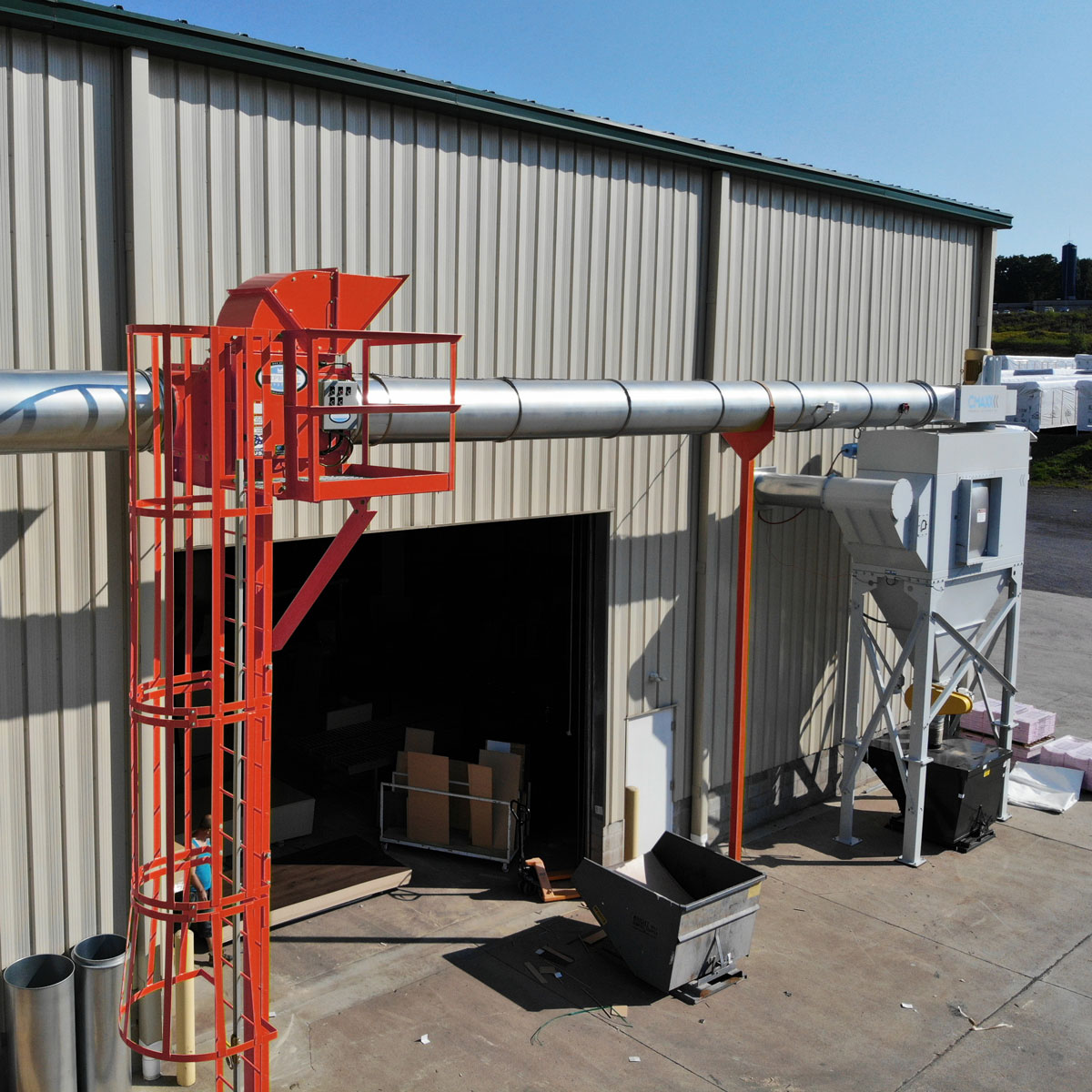
Frequently Asked Questions
What does high speed mean?
The only way to achieve this “high speed” is with our spring assist and our robust “honeycomb” gate design. If you are not using a heavy gate and springs, you do not have a high speed abort gate.
How do I know what the sensor to abort gate distance should be?
Case and point: If you are running your return air velocity at 3000 FPM your sensor to abort gate distance would be 25’. With the less expensive gates that does not have the heavy gates and spring assist, the sensor to abort distance is closer to 50’ needed. This can be a real problem due to the fact that most people do not have that much distance.
